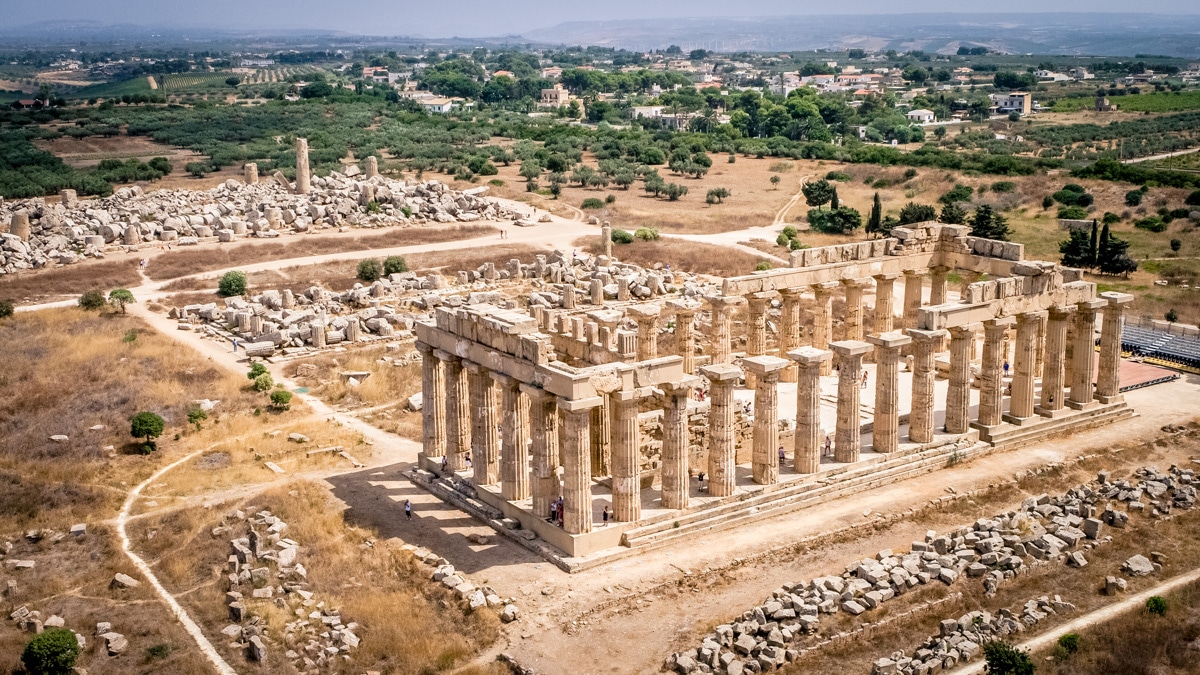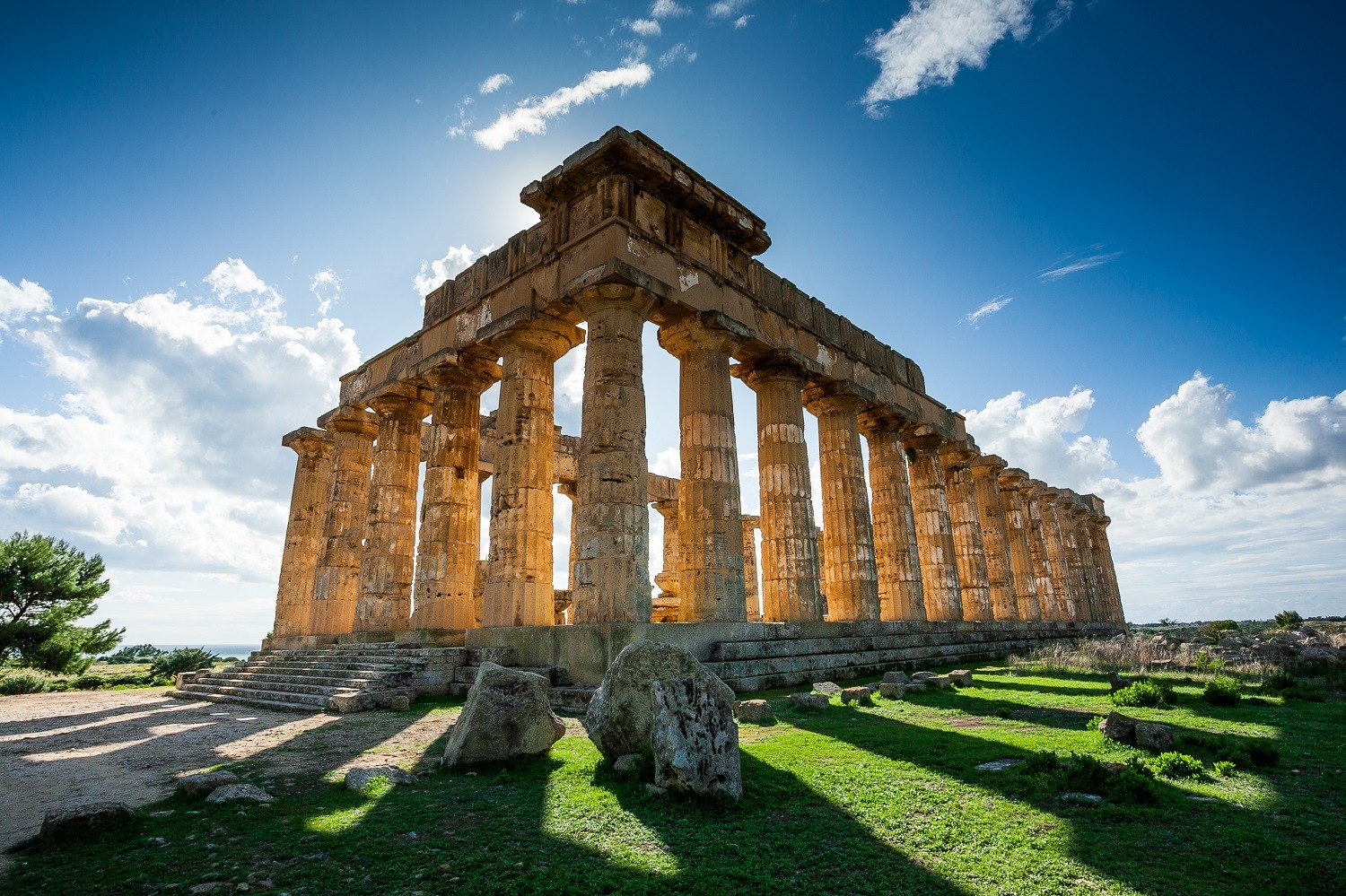Nestled on the southwestern coast of Sicily, Selinunte Archaeological Park is a captivating testament to the grandeur of ancient Greek civilization. Covering an expansive area, it is one of the largest and most impressive archaeological sites in Europe, offering a fascinating glimpse into the past.

Founded in the 7th century BCE by Greek colonists from Megara Hyblaea, Selinunte quickly grew into a thriving city-state. The park today is a treasure trove of ruins, showcasing the remains of grand temples, residential areas, and fortifications. Among the most notable structures are the Temple of Hera, the Temple of Zeus, and the Temple of Apollo, each reflecting the architectural prowess and artistic excellence of the ancient Greeks.

Visitors to Selinunte can wander through the ancient city’s acropolis, marvel at the massive stone columns, and imagine the bustling life that once filled these spaces. The site’s strategic coastal location also offers breathtaking views of the Mediterranean Sea, adding to the allure of this historic landscape.

Selinunte’s significance extends beyond its architectural splendor. It played a crucial role in the ancient world, serving as a cultural and economic hub. The city’s prosperity is evident in the scale and sophistication of its structures, which rival those found in other prominent Greek colonies.

Today, Selinunte Archaeological Park is a vibrant open-air museum, attracting history enthusiasts, archaeologists, and tourists from around the world. The park’s ongoing excavations continue to reveal new insights into the daily lives, religious practices, and artistic achievements of its ancient inhabitants.

Exploring Selinunte is not just a journey through ruins; it’s a journey through time. It invites visitors to step back into an era of myth and legend, where gods and heroes walked the earth. As you stroll among the ancient stones, you can’t help but feel a profound connection to the rich tapestry of human history that Selinunte so magnificently represents.









